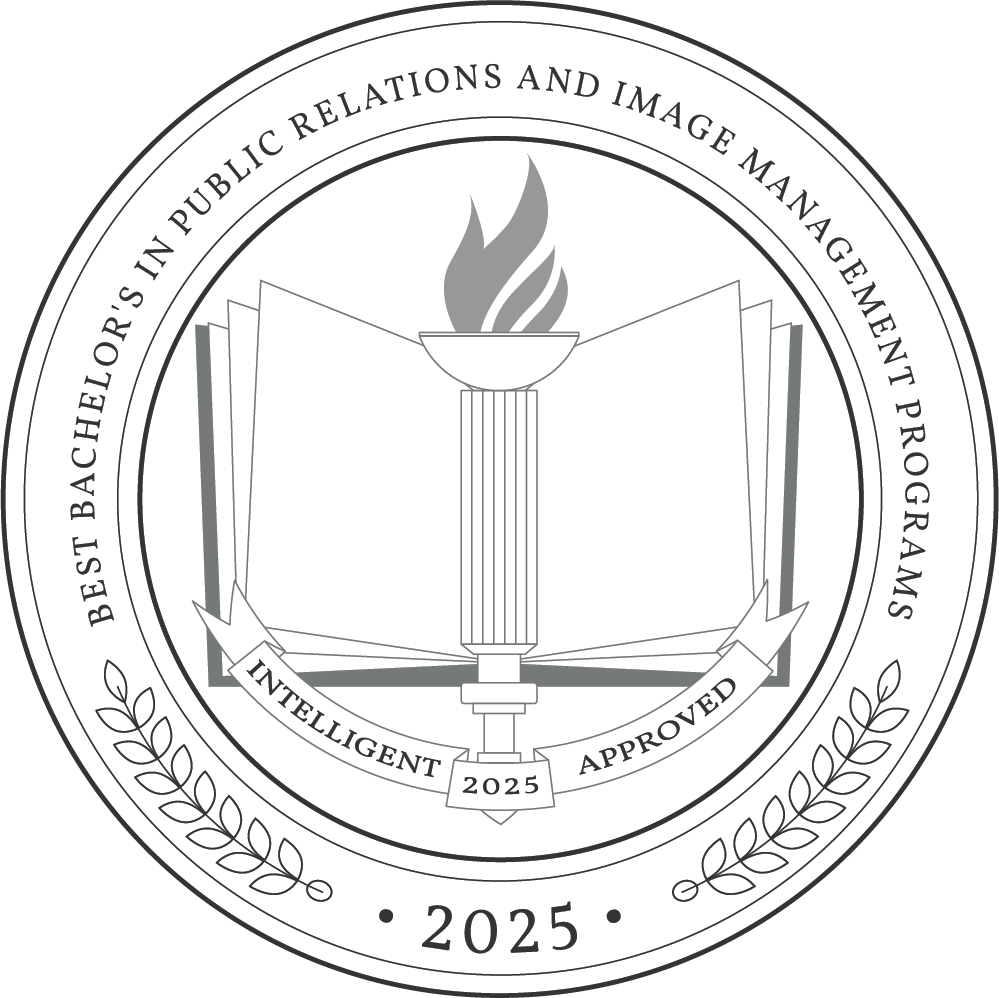If you’re a creative communicator with a knack for crafting narratives, a bachelor’s in public relations and image management could be the perfect fit. These degree programs cultivate strategic communication, media relations, and brand management skills, preparing students for entry-level roles as PR specialists, where the median salary is $66,750 per year. With the PR field expected to grow faster than average, adding 25,800 new jobs annually over the next decade, there’s plenty of room for career advancement.
The average tuition for an undergraduate degree is $14,688 per year, with most students completing their studies in about four years.
Why Trust Us
The Intelligent.com Higher Education Team is dedicated to providing students with independent, equitable school and program rankings and well-researched resources. Our expert-driven articles cover topics related to online colleges and programs, paying for school, and career outlooks. We use data from the U.S. Department of Education’s College Scorecard, the National Center for Education Statistics, and other reputable educational and professional organizations. Our academic advisory team reviews content and verifies accuracy throughout the year for the most current information. Partnerships do not influence rankings or editorial decisions.
- Analyzed over 2,000 national, accredited, and nonprofit colleges and universities
- 800+ rankings pages are reviewed and updated yearly
- Content is informed by reputable sources, surveys, and interviews with academic advisors and other experts
- Over 100 data points are reviewed for accuracy and quality throughout the year, including sources
How we rank schools
Our list features the best Public Relations and Image Management degree programs at top colleges nationwide. Each school featured is a nonprofit, accredited institution — either public or private — with a high standard of academic quality for post-secondary institutions.
We evaluated each school’s program on tuition costs, admission, retention and graduation rates, faculty, reputation, and the student resources provided for online students. We collected data from trusted sources like the National Center for Education Statistics, individual school and program websites, school admissions counselors, and other data sources. Then, we calculated the Intelligent Score on a scale of 0 to 100 based on the following criterion:
Academic Quality:
- Admission rate versus enrollment rate
- Retention rate of students who return after year one
- Accreditation status (regional and programmatic)
- Nonprofit status, both private and public institutions
Graduation Rate
- Overall graduation rate
- Total number of currently enrolled students, including diversity metrics
- Student-to-faculty ratio
Cost and ROI
- In-state and out-of-state per-credit tuition rates and fees
- Required credits to graduate
- Earning potential after graduation
- Availability of federal student loans, scholarships, and other financial aid options
Student Resources
- Available student services for online-only and hybrid programs
- On-campus amenities like tutoring centers and the number of libraries
Read more about our ranking methodology.
Best 8 Accredited Bachelor's in Public Relations and Image Management Programs
FiltersInstitution Type
Status
- Intelligent Score
- Alphabetically By University Name
- Acceptance Rate
- Enrollment
- In-state Graduate Tuition
- Out-of-state Graduate Tuition
- In-state Undergraduate Tuition
- Out-of-state Undergraduate Tuition

USC Annenberg
Intelligent Score: 98.90In-state: $59,260
Out-of-state: $59,260
In-state: $47,880
Out-of-state: $47,880
SAT: 1340-1530
ACT: 30-34
$2,244
On-Campus
Western Association of Schools and Colleges
128
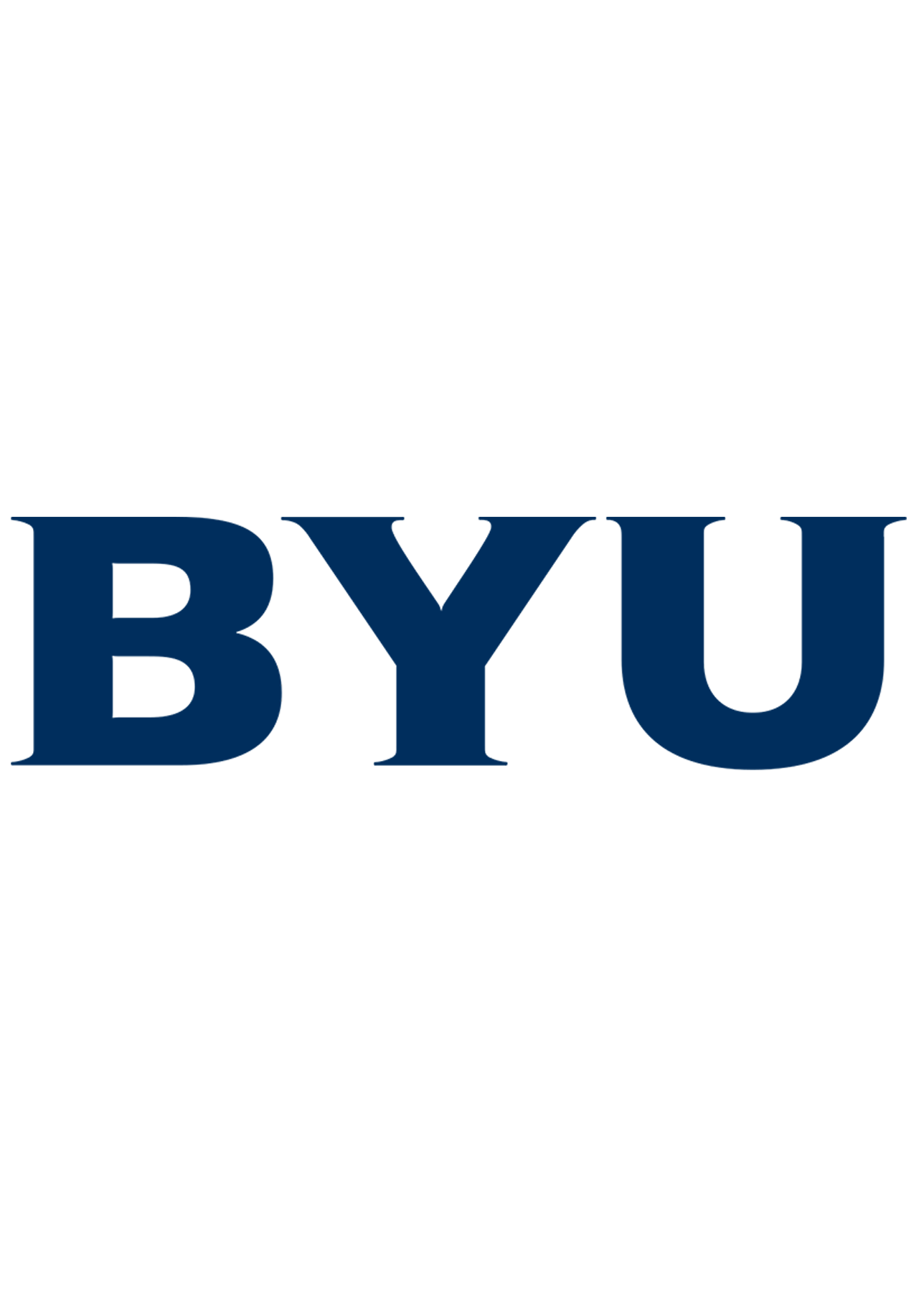
BYU School of Communications
Intelligent Score: 97.87In-state: $5,970
Out-of-state: $5,970
In-state: $7,510
Out-of-state: $7,510
SAT: 1200-1410
ACT: 26-32
Member: $342 Non-Member: $684
On-Campus
Accrediting Council on Education in Journalism and Mass Communications
120
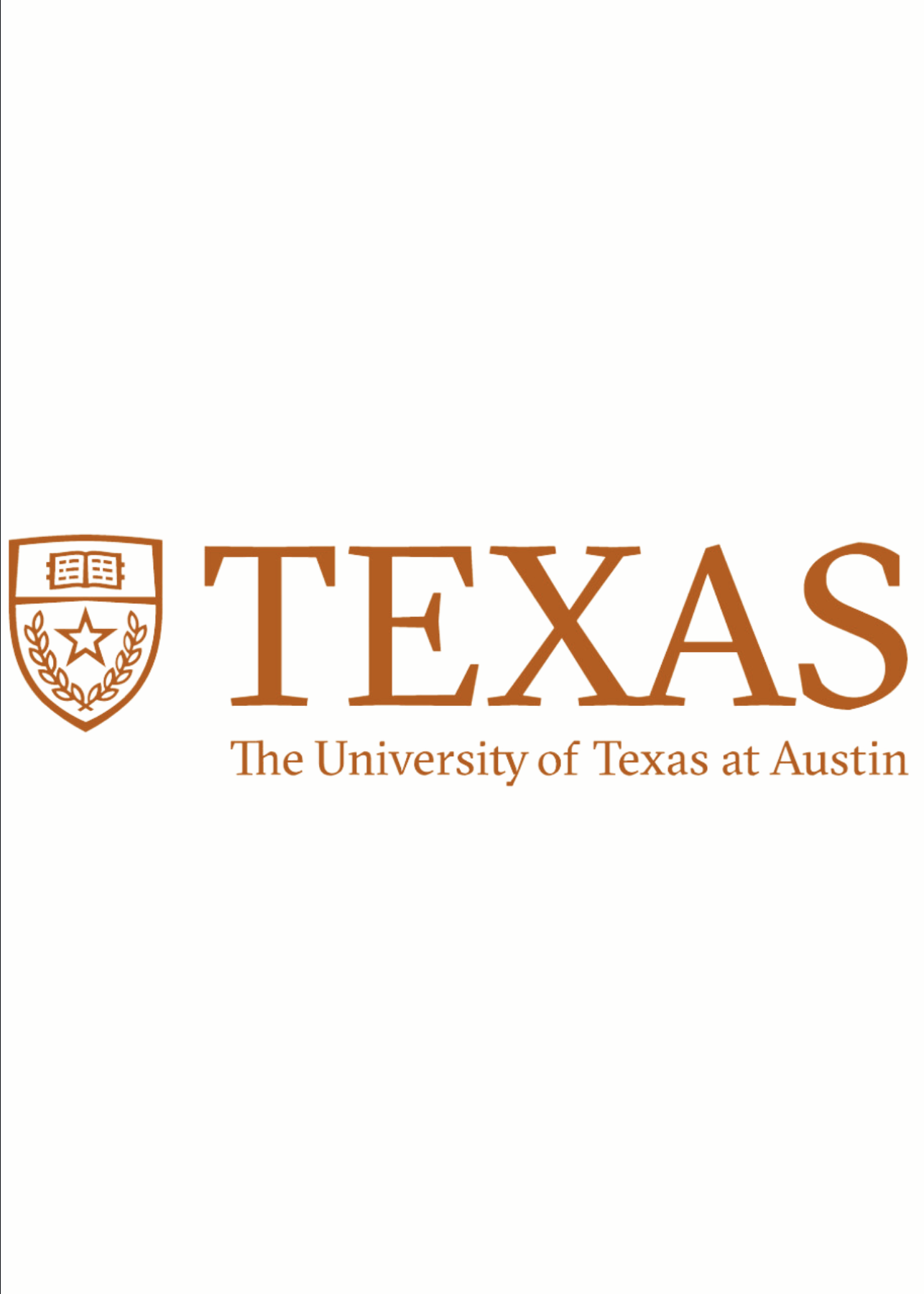
University of Texas at Austin
Intelligent Score: 96.04In-state: $11,448
Out-of-state: $40,032
In-state: $12,028
Out-of-state: $12,028
SAT: 1210-1470
ACT: 26-33
In-State: $467
Out-of-State: $1,739
On-Campus
Southern Association of Colleges and Schools Commission on Colleges
120
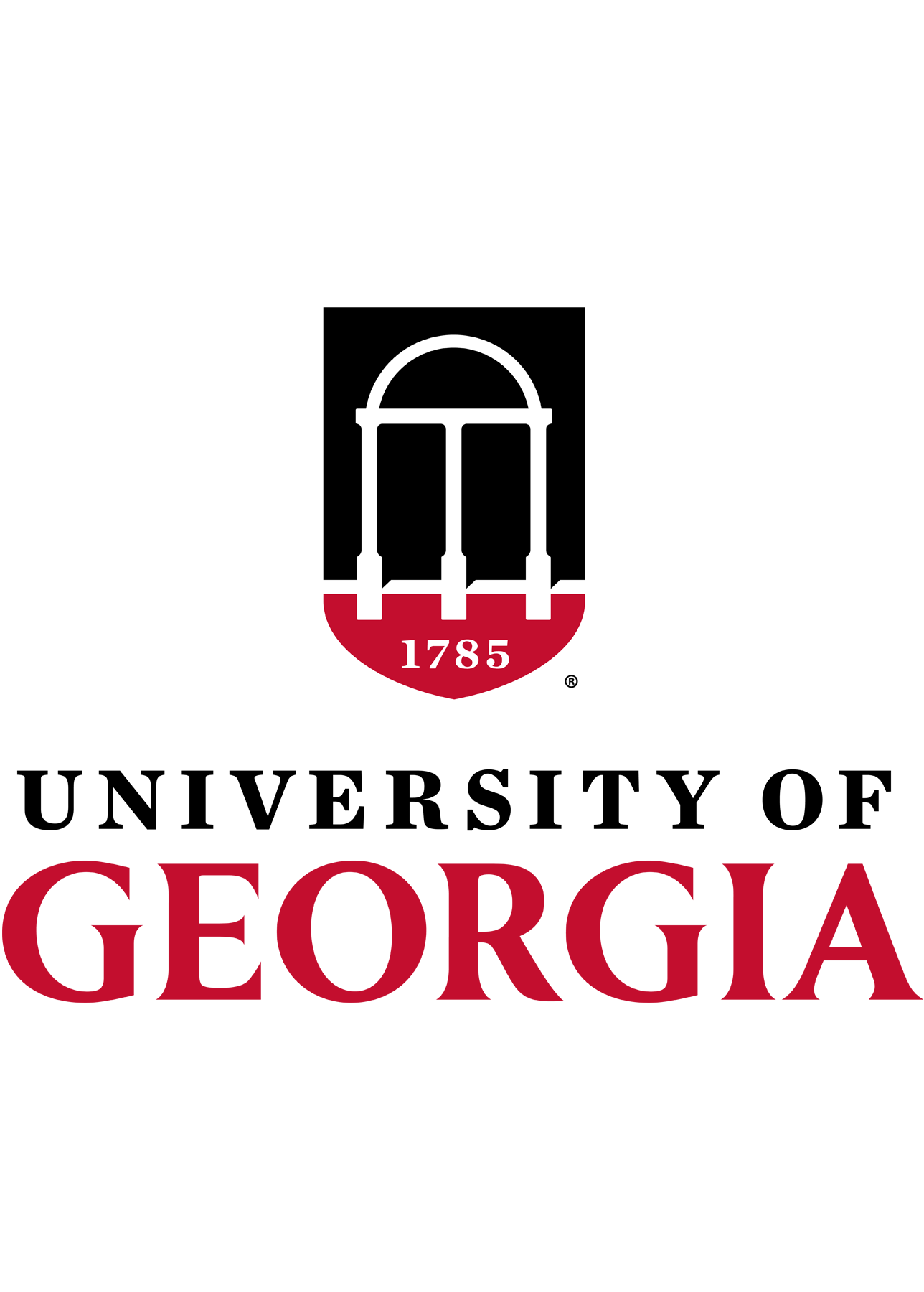
University of Georgia
Intelligent Score: 95.93In-state: $9,790
Out-of-state: $28,830
In-state: $8,878
Out-of-state: $8,878
SAT: 1250-1460
ACT: 29-33
$485
On-Campus
Southern Association of Colleges and Schools Commission on Colleges
120
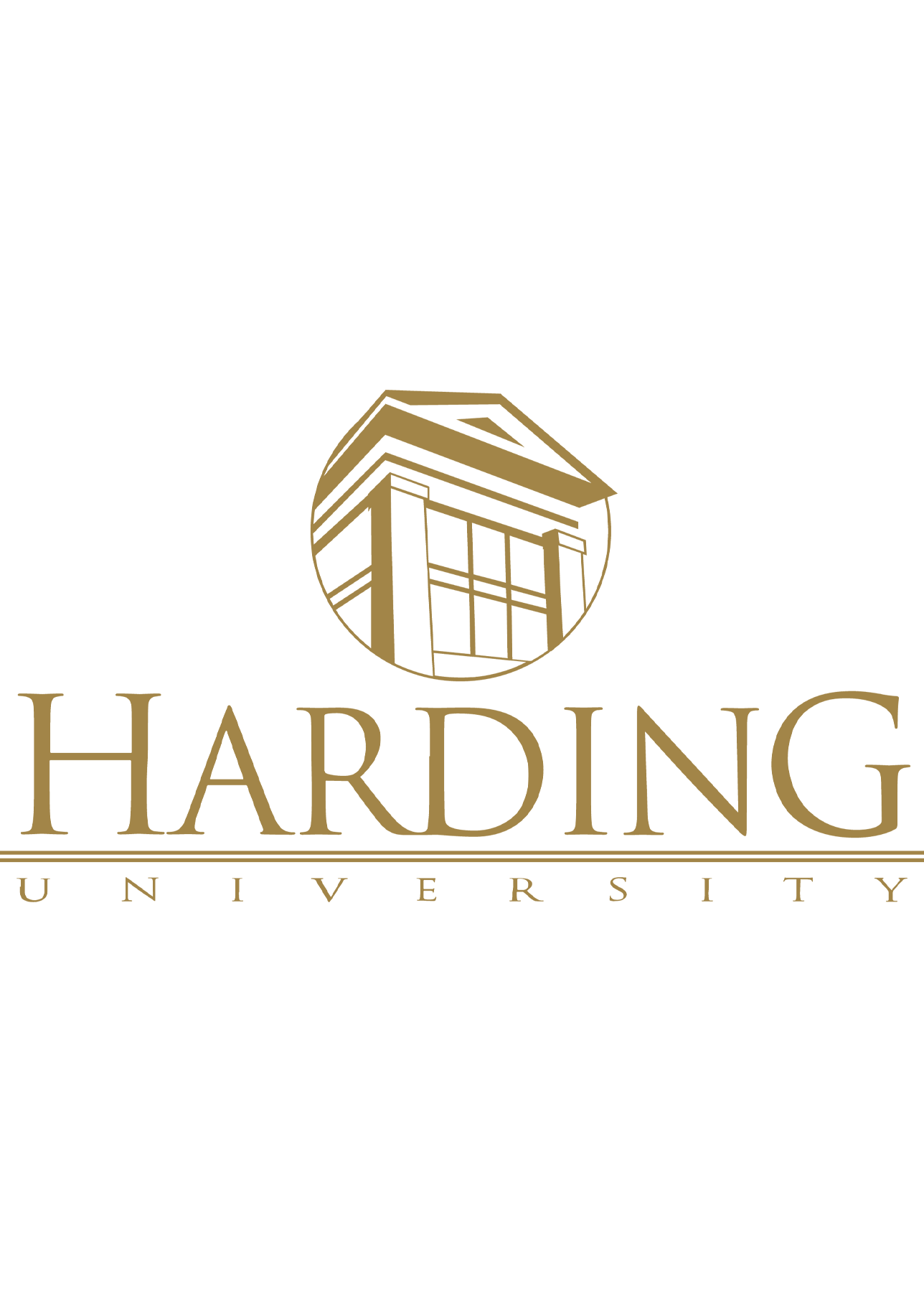
Harding University
Intelligent Score: 94.10In-state: $21,000
Out-of-state: $21,000
In-state: $11,388
Out-of-state: $11,388
SAT: 1060-1290
ACT: 21-29
$843
On-Campus
Higher Learning Commission
128
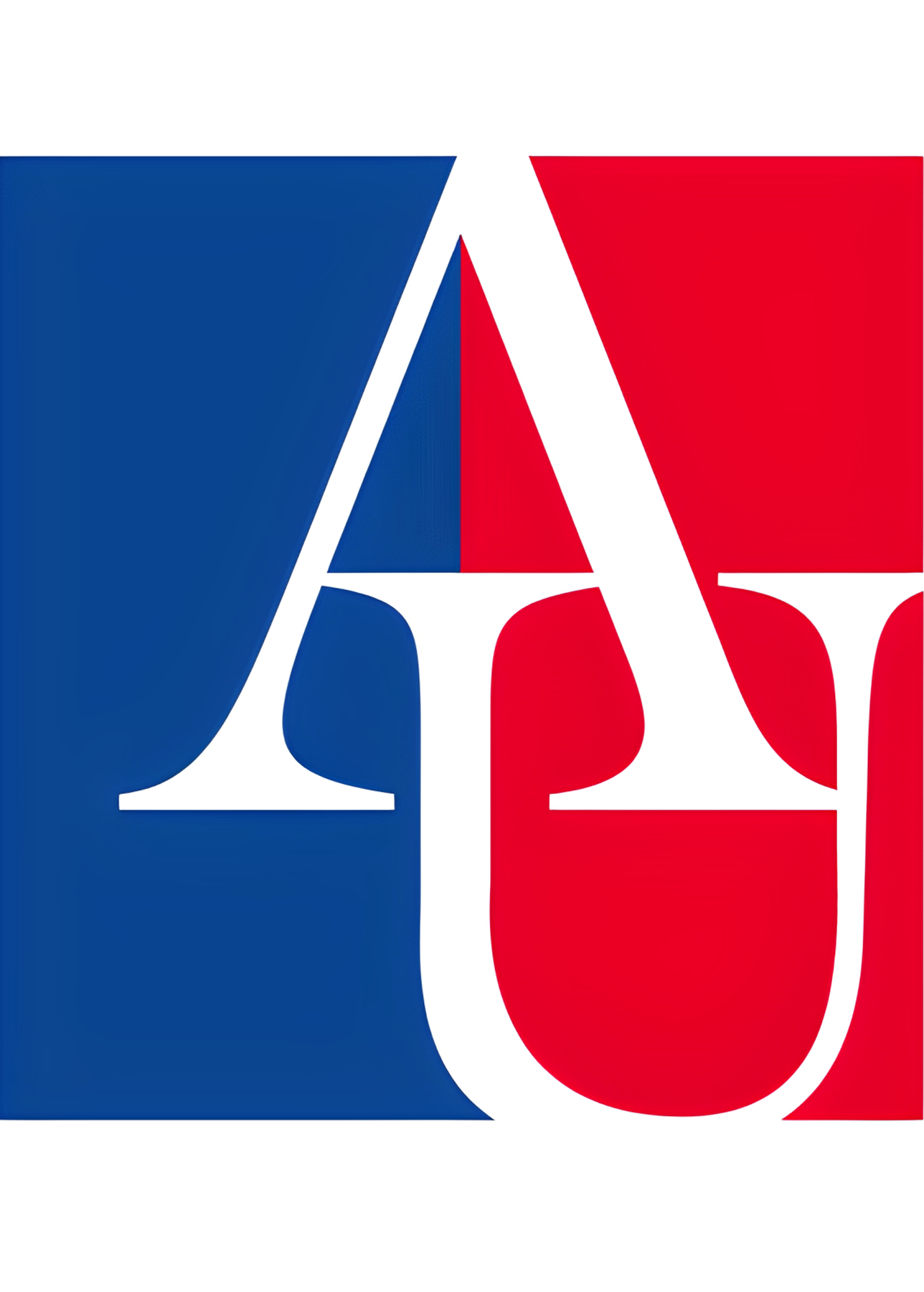
American University
Intelligent Score: 93.32In-state: $50,542
Out-of-state: $50,542
In-state: $34,533
Out-of-state: $34,533
SAT: 1220-1390
ACT: 27-32
$1,930
On-Campus
Middle States Commission on Higher Education
120

Syracuse University
Intelligent Score: 92.09In-state: $53,432
Out-of-state: $53,432
In-state: $40,392
Out-of-state: $40,392
SAT: N/A
ACT: N/A
$1,841
On-Campus
Middle States Commission on Higher Education
122
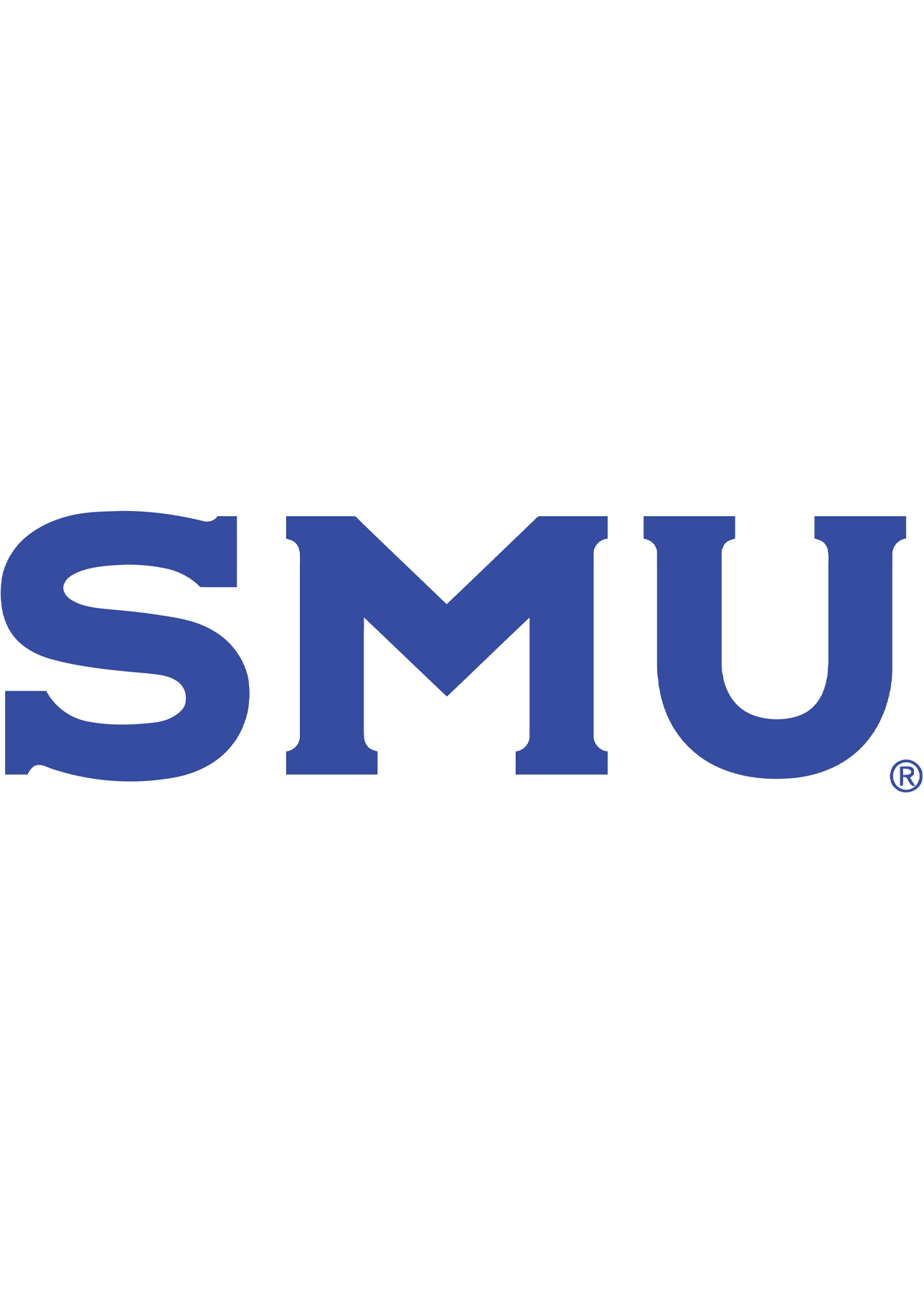
Southern Methodist University
Intelligent Score: 91.38In-state: $51,958
Out-of-state: $51,958
In-state: $40,896
Out-of-state: $40,896
SAT: 1250-1450
ACT: 29-33
$1,766
On-Campus
Southern Association of Colleges and Schools Commission on Colleges
122
How to Choose a Bachelor’s in Public Relations and Image Management Program
Choose your area of study
Choosing an area of study — frequently called a specialization — for this degree can help align your education more closely to your career goals. Although these programs are already specialized, you can further narrow your focus by asking:
- What industries interest me the most?
- Am I drawn to crisis management or brand development?
- Do I enjoy creative storytelling or analytical tasks more?
For instance, students interested in handling high-pressure situations will thrive in crisis communication, while those who enjoy digital engagement may opt for social media strategy. Meanwhile, students wanting to work in business environments may be well-suited for corporate communication. Other specializations may include event planning, influencer relations, and media relations.
Research schools and programs
With your specialization in mind, you can begin researching schools and programs that will suit your educational and career goals. You may come into this process with some questions, but here are a few more to guide your research further:
- Does the school offer internships or hands-on learning opportunities?
- What are the program’s graduation and job placement rates?
- Are there opportunities to network with industry professionals?
- Does the school have connections with PR firms or media outlets?
Most of this information will be readily available on university websites, but you’ll also benefit from attending a virtual info session and speaking with an admissions counselor.
Prepare for tests and applications
By now, you’ll likely have a shortlist of programs you’d like to apply to. It’s ideal to begin this process by requesting letters of recommendation and transcripts early and to get a head start on drafting your personal statement or essay responses, allowing ample time for revisions. If your chosen programs require standardized test scores, consider enrolling in an SAT or ACT prep course — this can significantly improve your scores and strengthen your application.
Select your program
The arrival of acceptance letters is always an exciting time, but it can quickly become overwhelming if you receive more than one. Revisit your initial research criteria and prioritize what matters most to you — whether it’s course offerings, the faculty you’ll learn from, or industry connections.
This is also the time to reassess the total cost of attendance. Compare each program’s cost with your financial aid packages — ideally prioritizing programs offering scholarships and grants, which don’t require repayment.
Ultimately, choosing a program is a personal decision, but balancing what you value academically with the financial aspect ensures you select a program that aligns with your career goals and budget.
Determine how you’ll pay for your degree
For many students, financing their degree with minimal or no debt is a top priority — but the path to achieving this can initially seem murky. Fortunately, there are many financial aid resources available to help.
Start by submitting the FAFSA to assess your eligibility for federal aid — including grants, work-study, and low-interest loans. Then, seek out institutional and external scholarships and grants to further offset costs. Work-study programs are often an ideal solution for those planning to work part-time. If you’re employed in a related field, ask if your employer offers tuition reimbursement.
When considering loans, prioritize federal loans over private ones, as they offer lower interest rates and more flexible repayment plans.
What Can You Expect From a Bachelor’s in Public Relations and Image Management Program?
These degree programs provide students with strategic communication, media relations, crisis management, and brand development skills. You can expect to encounter lessons and courses centered around writing narratives, engaging with diverse audiences, and effectively managing a brand’s public image across platforms. Coursework often includes writing for public relations, digital media strategies, and ethics in communication.
Many programs require a capstone project, where students apply their knowledge to real-world scenarios, such as creating a comprehensive PR campaign or managing a live crisis. This hands-on experience helps reinforce learning and enhance portfolios, ultimately making students more competitive in the job market.
Most of these programs take four years to complete with full-time learning. Upon graduation, you’ll be well-prepared for public relations, corporate communications, and media management roles.
Potential courses you’ll take in a bachelor’s in public relations and image management program
- Introduction to Public Relations: While it may go by a different name, this foundational course is often one of your first classes. It covers the basics of PR, including its history, principles, and critical practices. As a student, you’ll learn about the role of public relations in organizations and the strategic use of communication to influence public perception.
- Media Relations and Press Release Writing: Frequently considered a core requirement, this course focuses on developing skills in writing press releases, pitching stories to media outlets, and managing relationships with journalists. It emphasizes the importance of clear, concise communication to secure media coverage.
- Digital Media Strategies: An essential course in the most up-to-date curriculums, this class explores digital platforms and social media use in public relations. You’ll learn to create and manage online content, develop social media campaigns, and analyze digital metrics to optimize engagement and brand visibility.
- Crisis Communication and Reputation Management: Focused on preparing students to handle PR crises, this upper-level course teaches strategies for mitigating damage to a brand’s reputation during a crisis. You’ll learn to develop crisis communication plans and respond effectively under pressure.
Bachelor’s in Public Relations and Image Management Degree Frequently Asked Questions
How do I apply to a bachelor's in public relations and image management degree program?
While some application requirements can vary, most undergraduate programs in public relations share common criteria:
- High school diploma or equivalent
- Official transcripts from all previously attended institutions
- Personal statement or essay
- Letters of recommendation
- SAT or ACT scores, if required
Setting aside some time to connect with an admissions counselor about your application can be a game-changer. They can provide more information and help guide you through this process to ensure you meet all criteria.
How much does a bachelor's in public relations and image management degree cost?
According to the most recent National Center for Education Statistics data, the average undergraduate tuition is $14,688 per year. Beyond tuition, you’ll also want to budget for additional expenses such as textbooks, technology fees, housing, meals, and transportation. As a traditional student, you may face higher costs, but opting for some online classes can help reduce expenses, especially commuting and housing.
How long does it take to earn a bachelor's in public relations and image management degree?
Earning this degree often takes four years of full-time study, assuming a standard course load. Part-time students may take longer, usually around five to six years, depending on their pace and availability.
It’s important to note that the duration can vary based on the total number of credits required by the program and whether you’re transferring credits from another institution, which can shorten the timeline. Full-time students generally progress faster due to their larger course loads, while part-time enrollment offers flexibility for those balancing other commitments.
